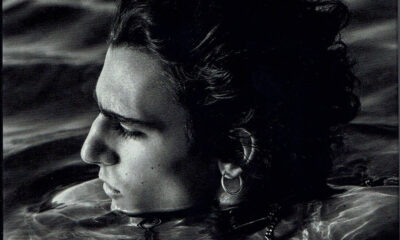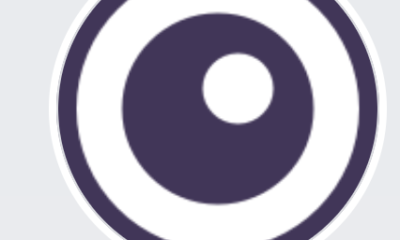Music
Viewpoint: Pitchfork’s Best of the Decade is Full of Pleasant Surprises
A notable balance between well-known artists and smaller independent acts.
Accumulating a list of the 200 best albums of a decade is a daunting task for anyone who follows music religiously. The countless genres and sub-categories make it easy for critics and fans to forget certain projects that may have swept under the radar for various reasons.
These obstacles make things even harder when curating a list for the 2010s. The swift pace at which artists move nowadays allows little time for digestion. It’s tough to find an album that’s mastered the balance of social relevancy, memorability, popularity and critical acclaim-not to mention-longevity.
The final word there may be the most important when exploring some of music’s greatest moments. Does the best album of the 2010s stand the test of time? Will the millennial generation remember it? (Sorry guys but let’s be honest-we do have short intention spans). Checking those boxes is integral when thinking about who has the best record from the 2010s.
Pitchfork’s list honestly didn’t bother me at all. In fact, I thought every writer included a healthy mix of genres, from hip hop, alternative, pop, glitch-pop (yay to SOPHIE!), indie rock and electronic (yay to M83!).
The list also featured a notable balance between well-known artists (love seeing Travis Scott and Chance the Rapper in there) and smaller independent acts (Yves Tumor and Amen Dunes).
When things got down to the nitty gritty, the iconic site threw in a batch of pleasant surprises. I originally thought Kendrick Lamar’s To Pimp a Butterfly or Kanye West’s My Beautiful Dark and Twisted Fantasy would land in the number one spot — especially since Twisted Fantasy was one of Pitchfork’s only “10” and Lamar’s 2015 album became a channel for public protests.
But no, it was Frank Ocean’s Blonde that took the top spot on their list. The 2016 alternative juggernaut won people’s hearts with intimate meditations revolving around blunt nostalgia and impressionistic melodies. According to Pitchfork, “We (our country) wanted the blurred, the softened, the existential.”
In 2016, the United States experienced political upheaval, a changing of the times if you will. Ocean’s Blonde became a subdued escape from these tribulations — hushed surrealism at its finest. In that sense, the selection was perfect. Ocean is one of the few who can inspire a mainstream crowd with the weirdest of sounds — think “White Ferrari,” a gorgeous self-examination in terms of materialism.
It’s crazy to think Ocean’s 2012 album Channel Orange garnered even more critical acclaim— with Pitchfork giving it a 9.5 and dubbing it an “instant classic” at the time of their review. That record landed at number 10 on the list.
Goes to show you ratings don’t matter, thankfully. Some art ages well, some doesn’t. An album’s impact can grow over time, which is exactly what Blonde did. It features the perfect balance of memorability, social relevance, popularity, and critical acclaim. Not to mention, Ocean released the project on his own independent label, making the experience that much more genuine.
Lists like these work well because of the collaborative process. Pitchfork smartly asks all of their writers to contribute, thus gathering different perspectives-which in turn leads to a greater variety of musicians and genres. More sites should follow this blueprint.
If you obsess over singers and bands, and are one of those people who make a playlist for every occasion, join CMN’s Music Journalism Course and get real-time experience, intense feedback on your writing, exposure to music industry insiders, and a great place to display build your portfolio. Get all the details on the Music Journalism Course here.











